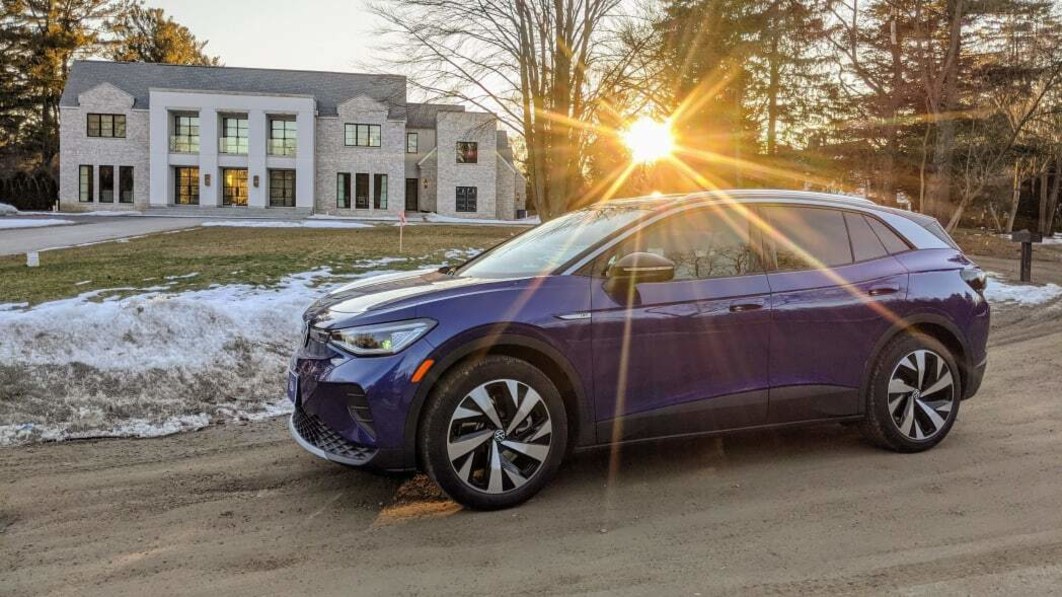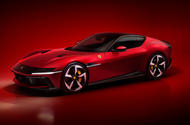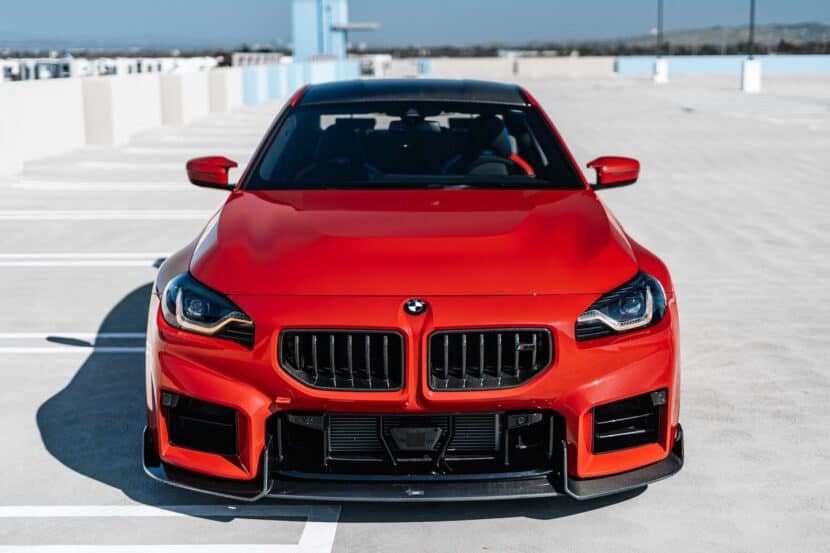The massive, worldwide transition to electric-powered vehicles is about more than changes in mechanical parts, or about the societal effect of abandoning the century-old habit of finding and burning gasoline.
It’s also about the massive realignment of the factories that will create the electric cars, trucks and SUVs in the next decade.
To explain and exemplify these momentous, often wrenching shifts, the New York Times has chosen to visit Zwickau, a modest town in the former East Germany, the birthplace of Audi, and now the site of a sprawling Volkswagen factory converted to build EVs after years of making gas-powered Golfs.
In the case of Zwickau, the paper dispatched veteran reporter Jack Ewing to describe how the conversion, announced six years ago, would affect the more than 10,000 people who worked for Volkswagen and “tens of thousands more for suppliers.”
Because EVs use fewer, and less complicated, parts than ICE (internal combustion engine) cars, predictions were that the assemblies would require far few workers and lead to mass unemployment.
Ewing found however, that “employment hasn’t fallen off a cliff, and suppliers of combustion vehicle parts haven’t been forced into bankruptcy en masse. Its experience offers some hopeful lessons for other places that depend on the auto industry. Yet people in Zwickau are still uneasy.”
Buying habits, especially in Europe, can be unpredictable; the best selling EV on the continent is a Tesla Model Y. Last year, the story says, Volkswagen sold fewer than half as many of its equivalent SUV, the ID.4, according to Schmidt Automotive Research. Disappointing sales “have prompted Volkswagen to cut a shift on one of its two assembly lines in Zwickau, where the company makes the ID.4, the ID.5, two Audi models and two small electric cars. The decision illustrated the downside of going all-in on electric vehicles.”
The future prognosis — a positive one, as you’d expect to hear from VW — is that sales will improve as new models are introduced. “We are aware of our current challenges and are tackling them rigorously,” Oliver Blume, the Volkswagen chief executive, said last month in a statement.
Local officials and worker representatives, perhaps nervous about the loss of jobs, told Ewing that VW prepared them for a possible downturn by offering training in new technologies. And because of a shortage of electricians, engineers and other skilled workers, “the unemployment rate in the state of Saxony, which includes Zwickau, has increased only modestly,” the story reports. Also, German law helps to protect jobs for full-time employees. The IG Metall union, Ewing notes, extracted a promise from the company not to lay off any full-time employees in Zwickau until 2030 at the earliest.
As for Zwickau, it’s an elemental place in automotive history; it’s where August Horch, who died in 1951, built cars that rivaled German competitors like Mercedes-Benz in style and prestige. He started a new company in the former East Germany in 1909, also called Horch, but was compelled through legal actions to change the name. Horch’s solution was clever. The family name, which means “hear” in German, was replaced by its Latin equivalent: Audi.
After Germany lost World War II, Soviet occupiers confiscated Audi’s manufacturing equipment. The carmaker moved to Bavaria and was later acquired by Volkswagen.
No longer are cars built on the Zwickau site, but a jewel-like museum at No. 7 Audistrasse opened in 1988 and has since evolved into a modern exhibition of vehicles, words and pictures, and part of it is now housed in the original Audi factory.
There’s a delicious footnote to the exhibit: from 1957 until 1991, the legendary Trabant — you can find one here — was built here and turned out more than three million cars through 30 years.
Jack Ewing's story is here. A Times subscription may be needed for access.































